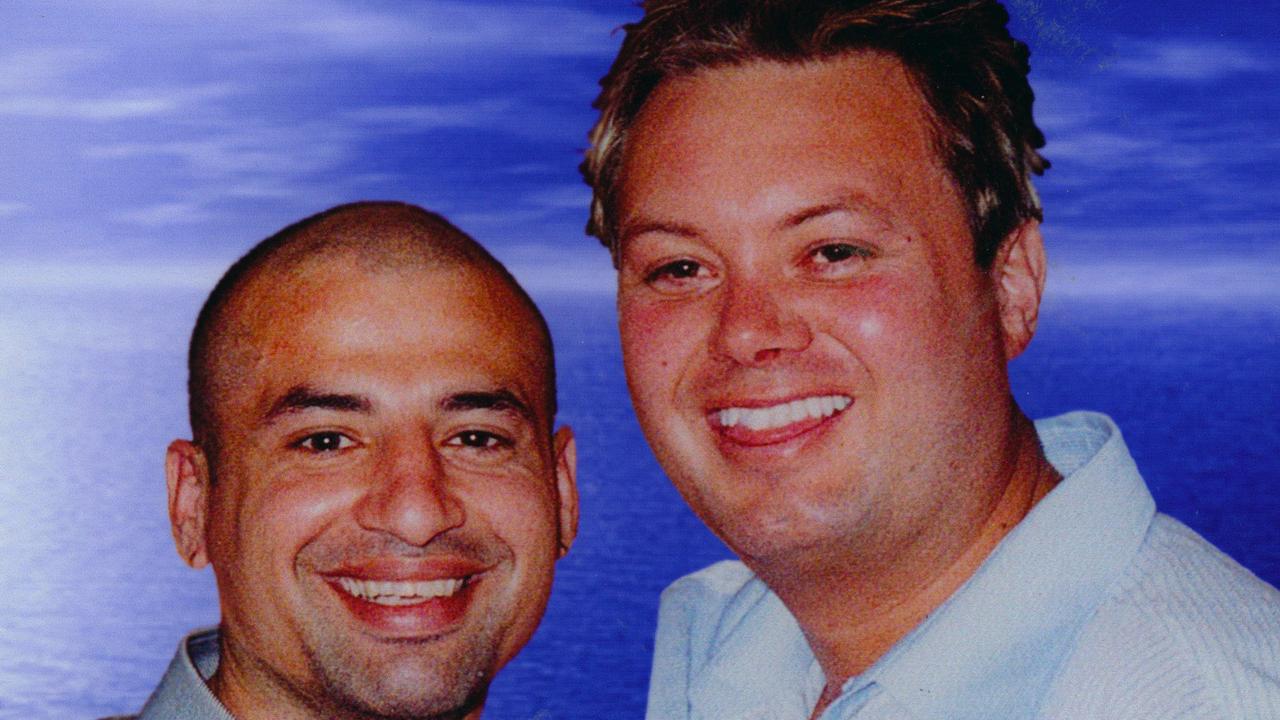Gangland beauty Dulcie Markham the kiss of death for criminal lovers
With movie star looks, Dulcie Markham seduced her way through the underworld of Sydney, Melbourne and Brisbane, but as lover after lover was stabbed or gunned down, “Pretty Dulcie” was renamed the “Angel of Death”.
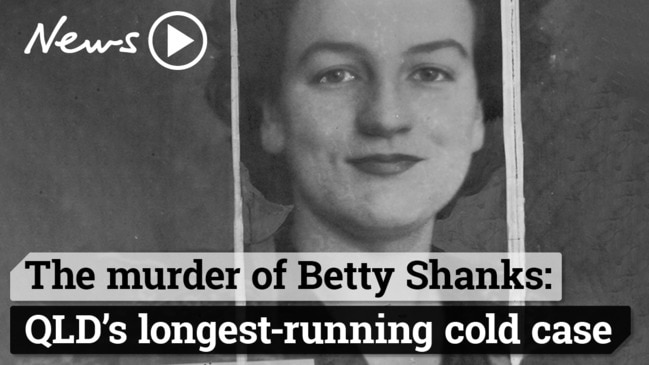
Book extract
Don't miss out on the headlines from Book extract. Followed categories will be added to My News.
She was known as Australia’s “most beautiful bad woman”, with a string of gangland lovers stretching from Sydney to Melbourne, Brisbane to Perth.
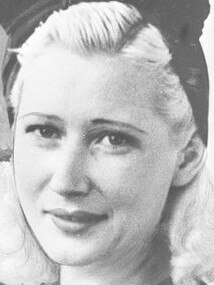
But Dulcie Markham was also dubbed the “Black Widow” and “Angel of Death”, as one by one her boyfriends and husbands met violent ends across the 1930s, 40s and 50s.
One crime reporter said the infamous prostitute and gangster’s moll had seen “more violence and death than any other woman in Australia’s history”.
Our criminal history: Tricky Ricky and the royal racing scandal
Keith Moor: How I found an Aussie mafia supergrass
At the age of 16, she was living in Sydney, using the alias Mary Eugene, and in need of protection after her boyfriend Scotty McCormack was sent to jail.
She found it with a new home at a boarding house — also known to operate as a brothel — with a woman called Kathleen Scurrie.
But, as this extract from new book Angel of Death by Leigh Straw reveals, it was a move that set the stage for the first of many brutal deaths.
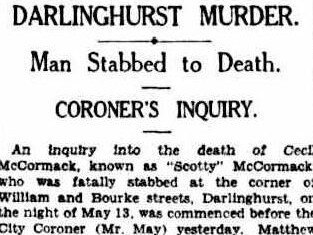
KATHLEEN Scurrie appeared in court only months before Scotty McCormack was sent to gaol, in a case for a malicious wounding that allegedly took place at her George Street terrace.
Waterside worker Herman Wulf went to see his wife, Elizabeth, who was working as a housemaid there, assaulting her and cutting her across the face with a penknife. Kathleen stepped in to help Elizabeth out, hitting Herman across the head with a jug and taking the knife from his hand. Elizabeth refused to give evidence against her husband and pleaded with the magistrate to release him, arguing it was the drink that turned him violent. Judge Curlewis, who would preside over many cases relating to the violence in eastern Sydney at the time, commended Kathleen Scurrie on saving Herman from a ‘worse crime’. It wasn’t the first time Herman Wulf had been charged with assaulting his wife, but Curlewis seemed perplexed that a man who had fought at Gallipoli could show the cowardice of committing such a crime unless ‘there was something wrong in his head’. Wulf was released on the condition that he did not drink or assault his wife within the next five years.
Perhaps Elizabeth Wulf was not merely a housemaid; maybe she also worked as a prostitute in the house. Whatever the case, Kathleen Scurrie certainly knew how to look after the women who worked for her. This is just what the teenage Dulcie needed in 1930.
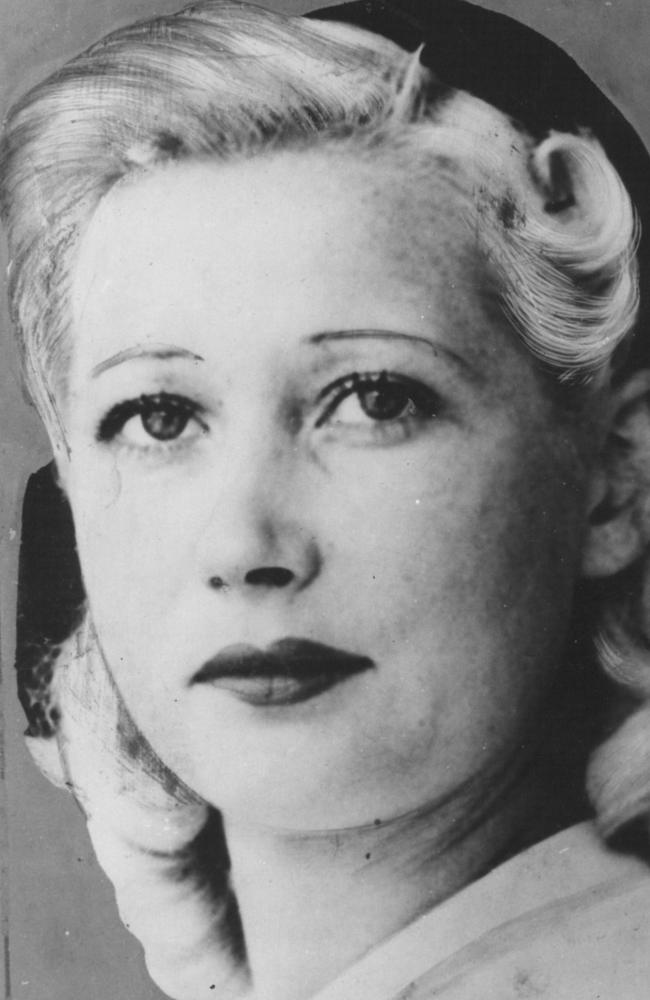
Dulcie became friends with Kathleen’s son, Alfred Dillon, whom she called Fred. They occasionally went to the pictures, sometimes with his mother, but Dulcie was later adamant it was only a friendship, saying in courtroom evidence: ‘I don’t think that every man who takes me to a Picture show is going to put a wedding ring on my finger.’ Others in Sydney’s underworld speculated, however, that Alfred was ‘sweet’ on Dulcie and made the most of Scotty’s prison term.
When Scotty was released in December 1930, he found Dulcie and won her back. He eventually encouraged her to leave the George Street house and work back in Darlinghurst and Woolloomooloo, where he could keep an eye on her and profit from her sex work. He didn’t need Alfred’s mother taking her cut, and he was suspicious of the friendship young Dillon claimed to have with her. Kathleen lost one of her most popular workers.
FOLLOW: True Crime Australia on Facebook
Around 7.45 on the evening of 13 May 1931, Dulcie met Scotty on the corner of Kings Cross Road and Victoria Street at the bottom end of Darlinghurst. Dulcie was with him for a short while before heading off to the ‘Kings Cross Picture Show’. Scotty was planning to play billiards with friends. He had also arranged to meet (Sydney Crook) Chow Hayes later that evening.
Dulcie kissed Scotty and walked off to the pictures.
It was the last time she saw him alive.

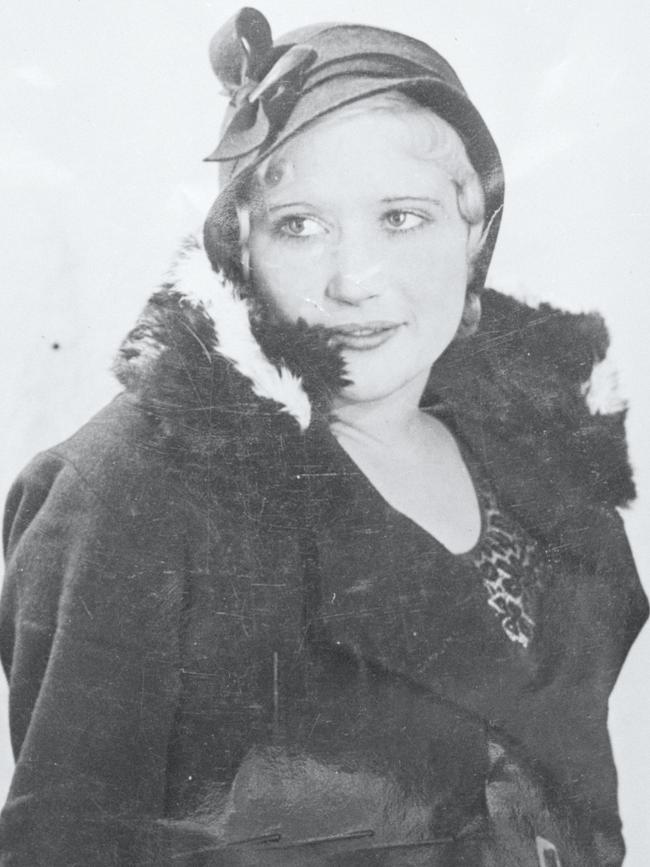
A different Fred, Fred Ryan, then joined Scotty on the street corner. He was a ‘flower seller’, which was about as convincing as Scotty working as a barrowman. Scotty told Fred he had an appointment in Kings Cross and the pair, having had a drink in the saloon nearby, wandered along the street up to the Cross.
Close to the Strand Hotel, on the corner of Crown and William streets, Scotty and Fred came across two other men.
Alfred Dillon and his friend Matthew Foley were on the corner of Crown Street, watching Scotty approach. Foley had only arrived in the state weeks before from Fremantle, Western Australia. He would later testify that Alfred and Scotty had words with each other as they walked past a doorway. When Alfred put his hand on Scotty’s shoulder, Fred Ryan stepped in to separate the pair. Foley said that his view of what happened next was obscured by Alfred Dillon’s back. At a sudden sound of breaking glass, Dillon took off along Bourke Street and Foley ran towards his home along Forbes Street. Scotty McCormack had been stabbed.
It was a quick, brutal attack that left Scotty in agony. Bruce McGill, an engineer, was driving along William Street just after the stabbing, close to 8.30 that evening, when someone called out to him to take a man to hospital. He couldn’t make out the man, just a ‘huddled up form in the back of the car’.

The someone was Fred Ryan, who jumped into the front passenger seat before McGill sped to St Vincent’s Hospital. Fred wasn’t sticking around to check on his mate. He told McGill to tell the hospital staff the injured man’s name was McCormack, and ran off as the car pulled up near the hospital.
Police arrived at St Vincent’s soon after, while other officers scoured the scene of the crime, after the evidence from McGill and calls from locals near the intersection of Bourke and William streets. Police made further inquiries in the surrounding area, and Matthew Foley and Alfred Dillon were implicated in the attack. Meanwhile, Scotty McCormack was pronounced dead at the hospital.
Dulcie’s friend Gracie Davis found her at the cinema and told her Scotty ‘has had a fight and he has been taken to the Hospital’. Dulcie hurried there, but it was too late. She followed Scotty’s body to the morgue and identified it.
The story broke in newspapers soon after as a ‘shocking crime’ on William Street. Reporters collected details from the police and nearby locals to put together a picture of what had happened. Police revealed they were looking for at least two men. One had allegedly held Scotty ‘while the other thrust a knife through his heart’. The newspapers spared few details about the violent nature of the murder.
Horrified readers were told in the Sydney Morning Herald that Scotty was attacked with a steel weapon ‘weighing a pound and with a blade 10 inches in length’. The Daily Examiner in country New South Wales reported that the stiletto weapon pierced both of Scotty’s lungs. It was later found by police in a drain near the scene of the crime. Other newspaper articles were keen to point out Scotty’s violent reputation, calling him ‘one of the most vicious gangsters who ever gained headline publicity … for his exploits in the local underworld’.
Chow Hayes had been worried when Scotty didn’t turn up to meet him the previous evening. He found out about the murder the next morning when he read the newspaper.
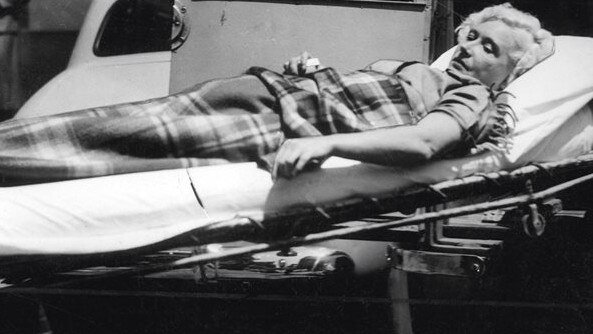
It didn’t take the police long to piece together Scotty’s movements that evening. Alfred Dillon and Matthew Foley, now prime suspects in his murder, were quickly apprehended.
Foley maintained he hadn’t seen Scotty fall, or any sign of a weapon. He also claimed not to know Scotty and not to have seen him before. Alfred Dillon was scared too. He had already been threatened. His mother told detectives that on the night of the murder, two men called at her shop on George Street demanding to see Alfred, and telling her: ‘We want his body; he has killed one of our mates.’ Dillon was already known to police, as they would record in the inquest depositions, describing him as ‘an associate of Prostitutes and thieves’.
At the inquest, further details were revealed about the minutes following Scotty’s stabbing. Interesting evidence was presented by a friend of Dulcie’s, Ruby Reardon, who had been living with Dulcie in Kathleen Scurrie’s home. The crime reporters described Ruby as ‘slim, self-possessed, dark-eyed and red-lipped’, much like her friend Dulcie. Shortly after Scotty’s stabbing, Ruby bumped into Alfred Dillon, who greeted her on the corner of Palmer and Stanley streets. In her statement to the police, Ruby claimed that Alfred told her to go home or she would get ‘pinched’ by the police. A short while later she came across two officers who arrested her for vagrancy.
Ruby was adamant that she had only spoken briefly to Alfred and he had not mentioned Scotty McCormack: ‘He just bumped into me,’ she said, ‘on the corner opposite the church.’ In court, Ruby claimed that Alfred hadn’t revealed that he had seen Scotty and ‘went for him’ and ‘he dropped’, as she had previously told police. Ruby also retracted her earlier evidence that Alfred had told her to keep quiet as, in his words, ‘this means life or death to me’. She claimed she was drunk when she talked to the police, saying ‘my memory would not be as fresh then as it is now’. Sensationally, Ruby told the courtroom she was put in a cell on the evening of Scotty’s death and told by detectives her vagrancy charge would be withdrawn if she signed a statement about meeting Alfred Dillon. Either Ruby Reardon had been intimidated by the police into giving up Dillon or she feared underworld retribution.
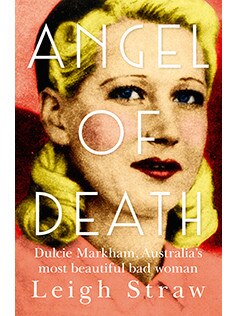
Dulcie Markham, publicly identified as Mary Eugene, had also been tracked down by the police. Their investigations revealed she knew both Alfred and Scotty. There was some speculation in the newspapers, at the time and in the years that followed, that Dulcie had been with Scotty at the time of the stabbing. None of those who had been placed at the scene by the police, however, identified Dulcie as being there.
READ MORE: Book extracts from True Crime Australia
Dulcie Markham made her first public appearance as a member of Sydney’s underworld on 15 June 1931. It was a memorable first act in what would become a long criminal career.
Dulcie walked into the City Coroner’s Court looking like a movie star gracing the set of a film. She wore a stunning dark-red dress with a hat of the same colour pulled close to her head, framing the blonde shoulder-length locks around her face. Her lips were also a shade of red, and she presented as a youthful beauty smiling at the crowd of onlookers. Court reporters described her as ‘exceedingly pretty’ and ‘sprightly’.
In this solemn place where details of murders were pored over for answers and dead bodies lay in the morgue at the back, Dulcie cut a sensational figure. Her blood-red dress fitted the occasion perfectly.
• Angel of Death by Leigh Straw is published by ABC Books and is available in paperback now, RRP $32.99, or as an eBook
Originally published as Gangland beauty Dulcie Markham the kiss of death for criminal lovers


